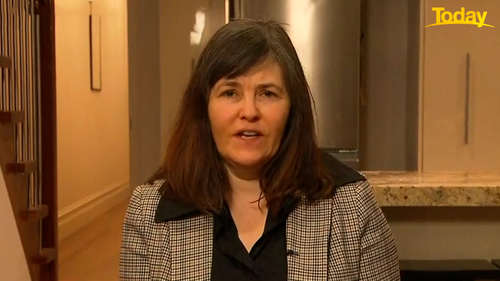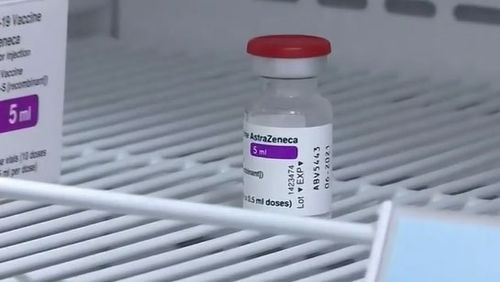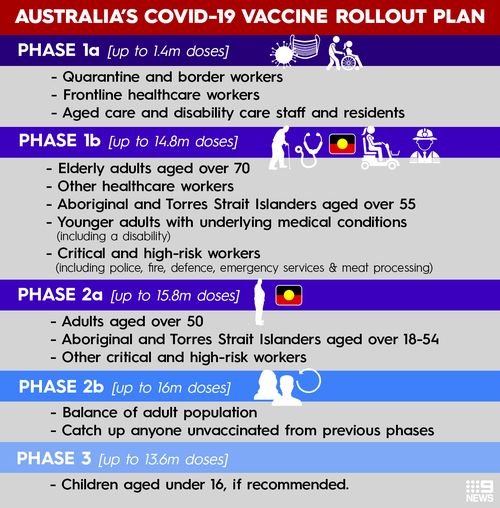The Federal Government needs to “entirely rethink” its coronavirus vaccination strategy after new health advice recommending that what had been intended as Australia’s primary vaccine not be given to those under 50, according to a leading Australian epidemiologist.
“The vaccine program frankly was already pretty much in disarray,” Professor Nancy Baxter told the Weekend Today show this morning.
“Now that we have to wait for a large part of the population for the Pfizer to come, they will have to rethink the program entirely.”

Professor Baxter said Australians under 50 could still elect to receive the AstraZeneca vaccine if they choose, noting the risk remained remote.
“It’s uncommon – about 1 in 100,000 to one in 200,000 people – meaning that 99,999 people who get the AstraZeneca vaccine do not have a problem,” she said.
Around one-quarter of those who do develop the blood clotting reaction will die.
Professor Baxter noted that this was still lower than the risk profile for many other drugs which continue to be used in Australia.

“When we give any medication, there’s always some risks of side-effects. That’s accepted because of the benefit of the medication,” she said.
“If you got penicillin for an infection, there’s ten times the risk there would be a serious drug reaction with that drug (compared to the AstraZeneca vaccine).”
Professor Baxter said the age cut-off was in part based on a weighing up of the risks of the vaccine versus the risks of contracting coronavirus.
“Older people are at more risk of COVID-19, so the risk-benefit equation balances out better for them,” she said.
“Also, there is some data that indicates age is a risk factor, so younger people are more likely to get it (blood clots) than older people.”

It’s expected that more data will be uncovered over the coming months.
Professor Baxter, who is the head of the Melbourne School of Population and Global Health, said Australia should already have enough Pfizer doses to progress through Phase 1B of its vaccine rollout.

However, logistical concerns around administering the Pfizer vaccine are likely to further delay Australia’s already tardy vaccination progress.
More ultra-low temperature freezers will likely need to be secured and getting the vaccine to more remote locations could prove problematic.
“We have to reboot – they really need to rethink the program,” Professor Baxter said.
“Once we get enough Pfizer to be vaccinating a large number of people, we need to look at how we approach it.
“We need to do it faster than we were hoping before, if we’re hoping to get everyone vaccinated by the end of the year.”
It’s a goal that now appears unlikely, with Prime Minister Scott Morrison refusing to outline a revised timeline for the vaccination program at his National Cabinet update on Friday.
This content first appear on 9news
